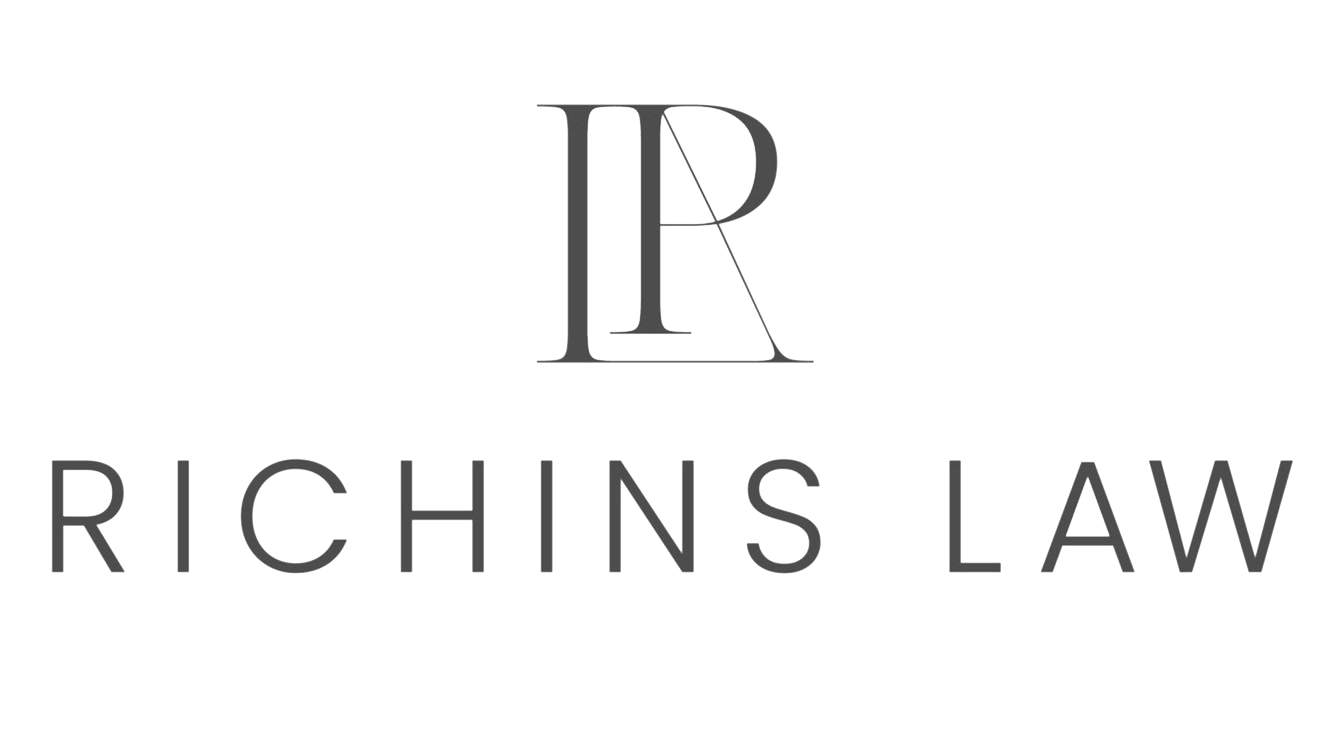Trademark protection is crucial for any business, whether you’re a startup, small business owner, or entrepreneur. Your trademark represents your brand’s identity—it’s the symbol people recognize and trust. However, securing and maintaining trademark protection can trip up even the most prepared business owners. Here’s how to avoid common legal pitfalls in trademark protection to ensure your brand remains secure and recognized.
What is Trademark Protection?
Trademark protection is your legal armor, safeguarding your brand’s name, logo, and symbols from unauthorized use by others. A registered trademark not only prevents others from using your brand identity but also provides a legal basis to take action against infringers. But how do you ensure your trademark is protected from common legal issues? Let’s investigate.
Identify Your Trademark
First things first—what exactly are you looking to protect? Is it a name, a logo, or perhaps a slogan? Identifying what constitutes your trademark is essential. This step sets the foundation for your protection process.
Names and Logos
These are the most common trademarks. Ensure they are unique and not similar to existing ones in your industry. Consider how your logo or name distinguishes your brand from competitors, emphasizing uniqueness.
Slogans and Taglines
If they’re catchy and integral to your brand, consider protecting these too. A memorable slogan can become synonymous with your brand, strengthening identity.
Why is a Trademark Search Important?
Before you file for trademark protection, conduct a comprehensive search to ensure your desired trademark isn’t already in use. This can prevent future legal battles and save resources.
Avoid Confusion
Look for similar trademarks within your industry to prevent brand confusion. Confusion not only affects your brand image but can also lead to costly legal disputes.
Legal Compliance
Ensure that your trademark doesn’t infringe on existing trademarks. Taking this proactive step helps maintain good business practices.
How to Conduct a Trademark Search
Performing a trademark search involves more than just a quick online lookup. Here’s how you can do it effectively:
Online Databases
Use databases like the United States Patent and Trademark Office (USPTO) to check for existing trademarks. Additionally, explore international databases if your business operates globally.
Industry Research
Look into businesses within your industry to avoid similar naming or branding. Understanding industry trends can provide insight into unique identifiers.
Filing for Trademark Protection
Once you’ve cleared the trademark search, it’s time to file for protection. This process involves submitting an application with details about your trademark and its usage.
Accurate Documentation
Provide detailed and accurate information about your trademark. Incomplete documentation can lead to delays or rejection of your application.
Choose the Right Class
Ensure your trademark is registered under the correct category relevant to your industry. Correct classification upholds the integrity of your trademark’s scope.
What Are Common Trademark Mistakes?
Even with the best intentions, mistakes happen. Here are a few to avoid:
- Overlapping Trademarks: Ensure your trademark doesn’t resemble others, even if slightly. Overlaps can lead to disputes or claims of infringement.
- Neglecting Renewal: Trademarks require renewal every few years. Set reminders to avoid cancellation. Keeping track of renewal dates is crucial for ongoing protection.
- Incorrect Usage: Use your trademark consistently across all platforms and materials. Inconsistencies can weaken your brand’s legal standing.
Monitor Your Trademark
Protection doesn’t end with registration. Consistently monitor your trademark to ensure no one else is using it without permission.
Regular Checks
Periodically check databases and online content for unauthorized use. Staying vigilant can prevent potential misuse or infringement.
Set Up Alerts
Use tools to notify you if your trademark appears elsewhere. Proactive monitoring tools provide immediate alerts for potential infringements.
How to Handle Infringement
If you discover someone infringing on your trademark, it’s crucial to act promptly.
Cease and Desist
Send a legal notice to the infringing party demanding they stop using your trademark. Make sure this notice is clear and assertive to convey the seriousness of the issue.
Legal Action
If necessary, pursue legal action to protect your brand. An intellectual property lawyer can guide you through the process to ensure proper enforcement.
Stay Informed About Trademark Laws
Trademark laws can change, and staying updated is key to maintaining protection.
- Subscribe to Updates: Follow relevant legal updates and news from the USPTO. Understanding changes can help adapt your strategies accordingly.
- Attend Seminars and Workshops: Gain insight from legal professionals and industry leaders on best practices. Networking with peers can bring additional perspectives.
When Should You Seek Legal Help?
While some processes can be handled independently, there are times when seeking legal assistance is beneficial. In complex cases, such as those involving multiple jurisdictions or complicated legal issues, consulting a legal professional is advisable. For example, in disputes where your trademark is challenged, having legal guidance can strengthen your position. An experienced intellectual property attorney can provide strategic advice tailored to your needs.
Ready to Protect Your Brand? Contact Richins Law
Trademark protection is vital for securing your brand’s identity and ensuring its longevity. At Richins Law, we’re here to help you every step of the way. Our team is dedicated to providing personalized services tailored to your business needs.
Reach out to Richins Law
Whether you are launching a new brand or maintaining an established one, ensuring your trademark is secure is a critical investment in your business’s future. Set up a call with us to take the first step towards a comprehensive trademark protection.

